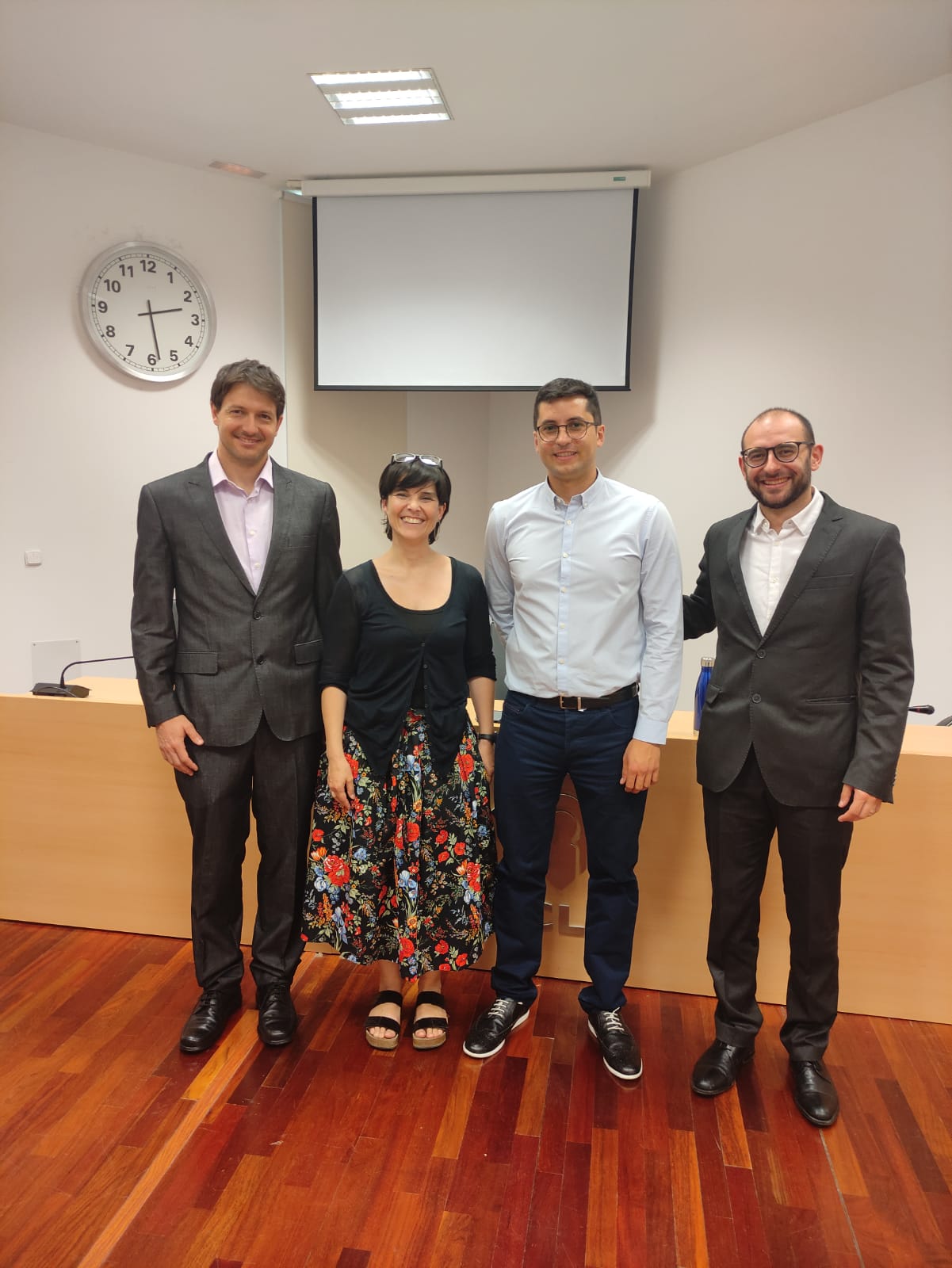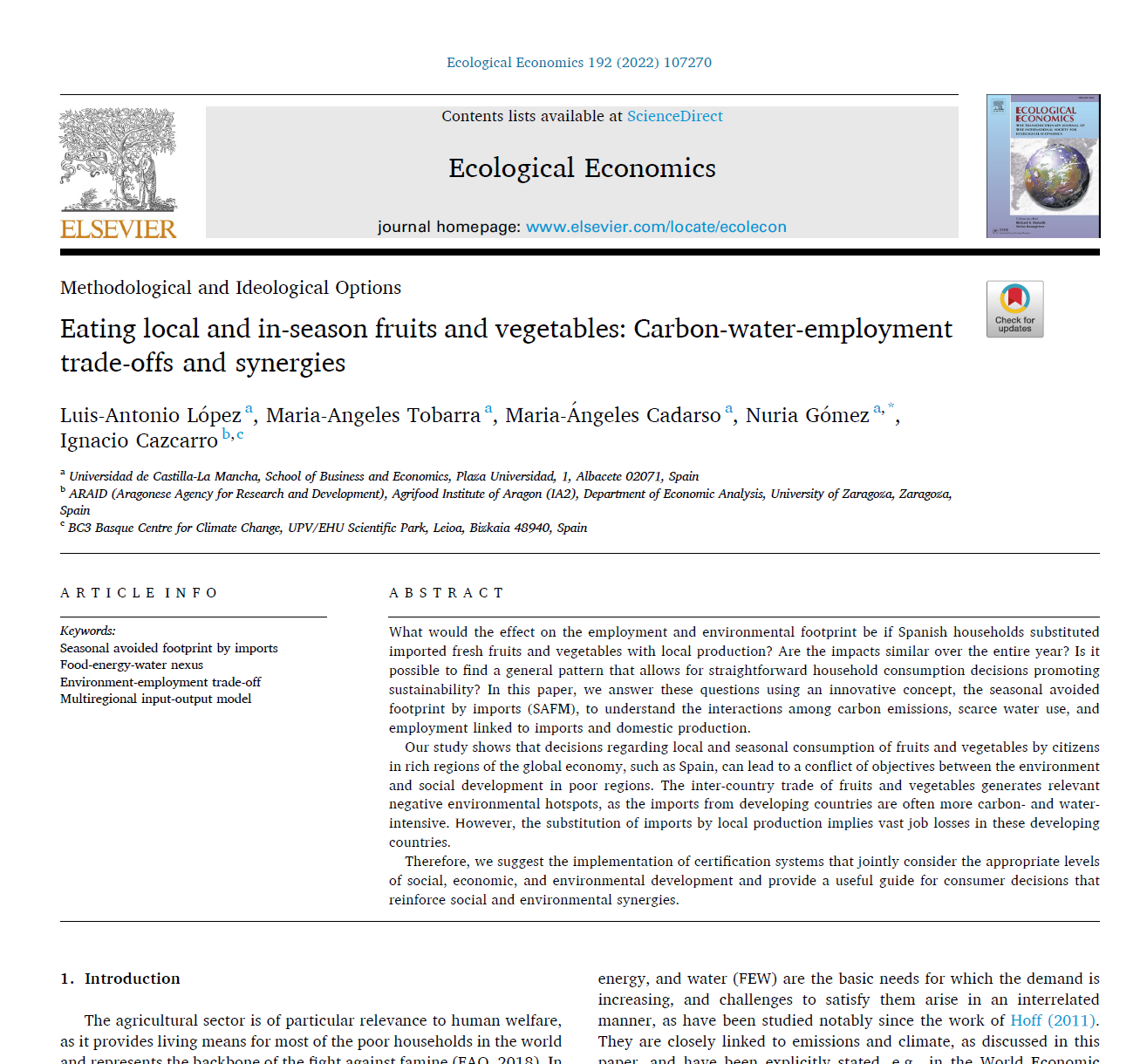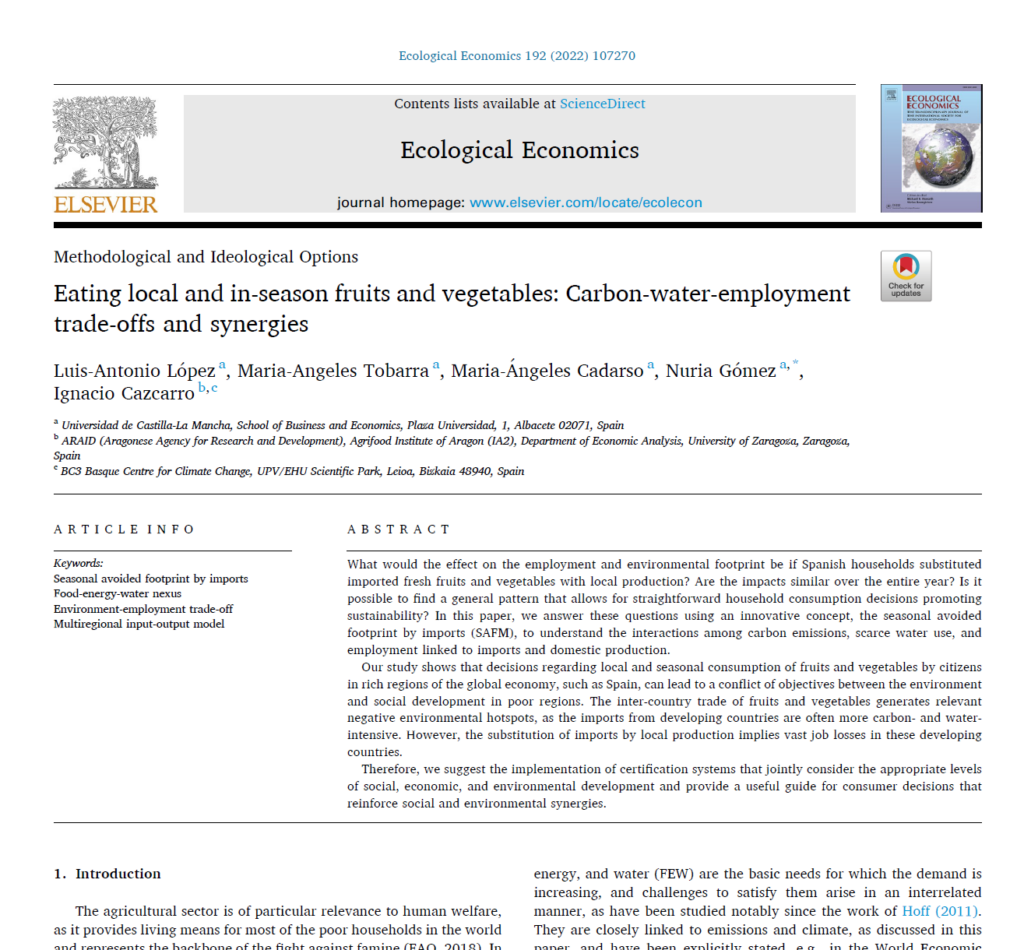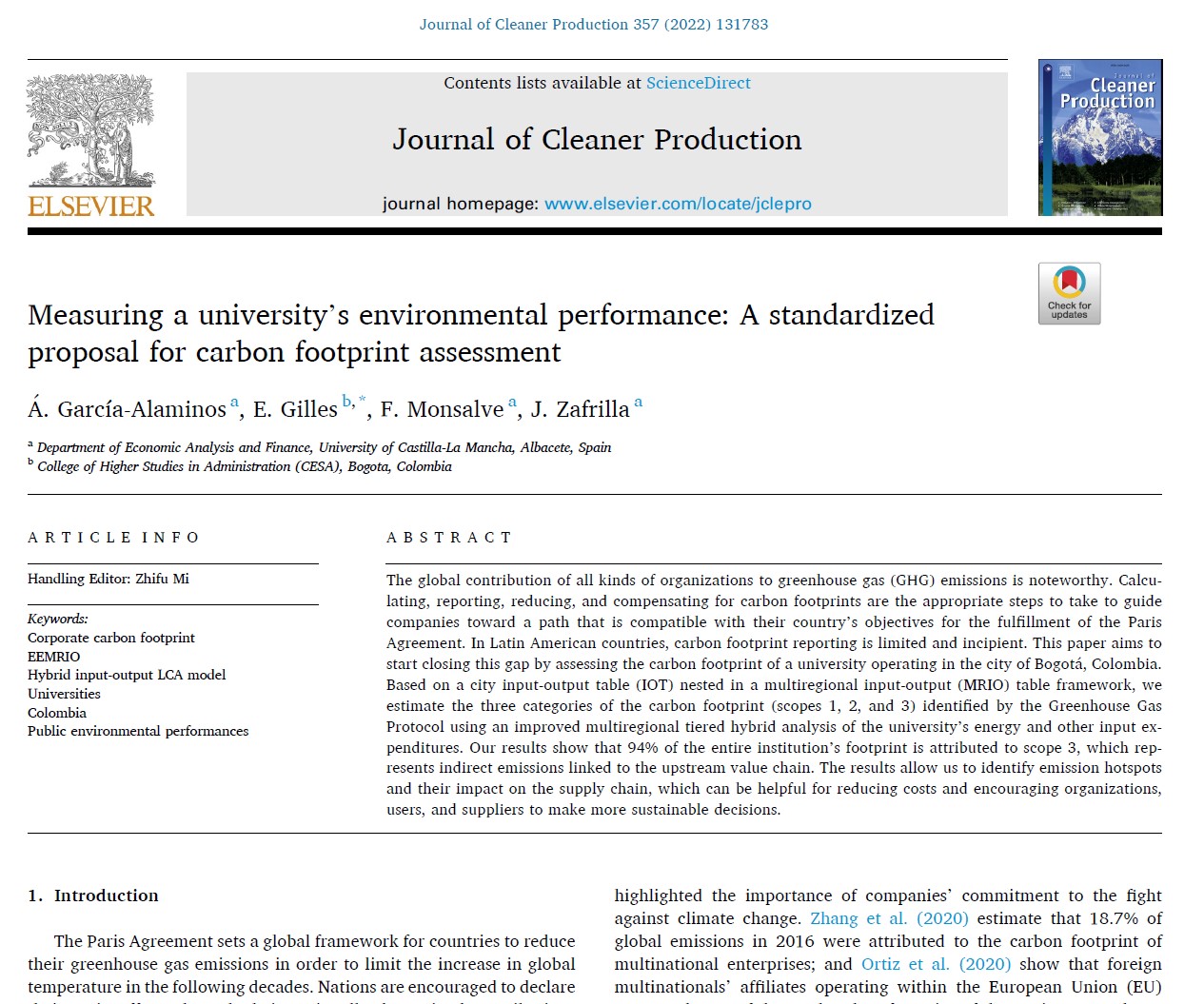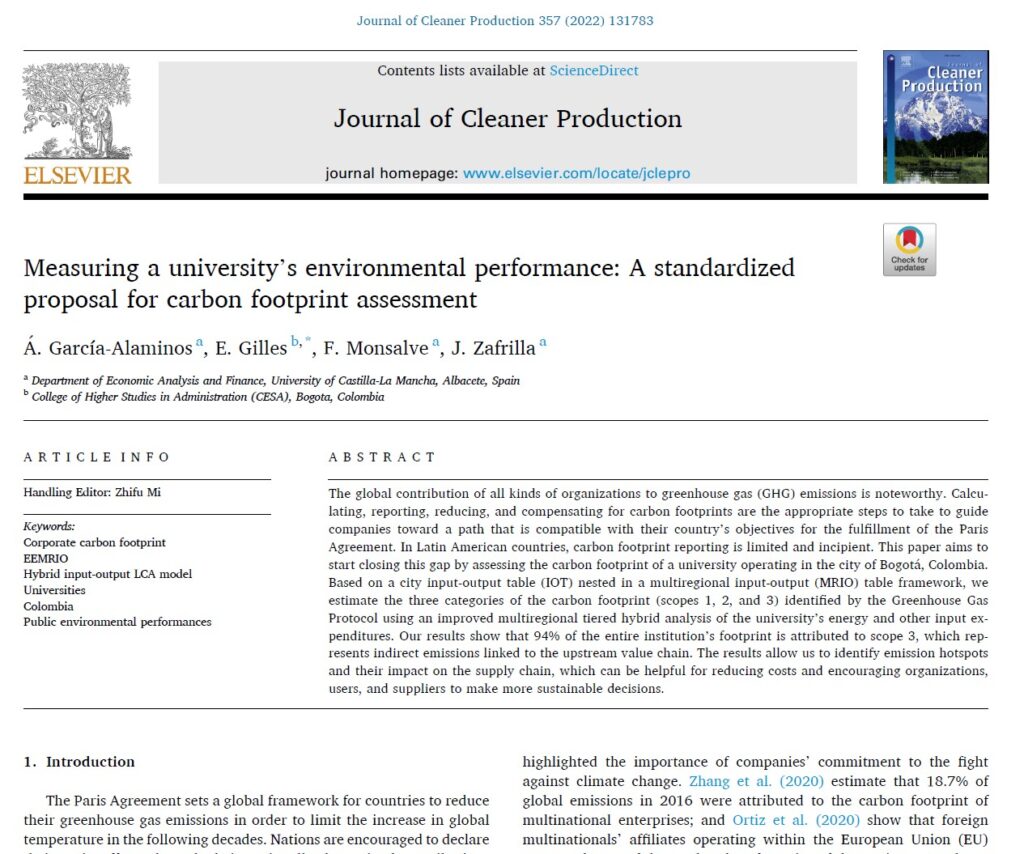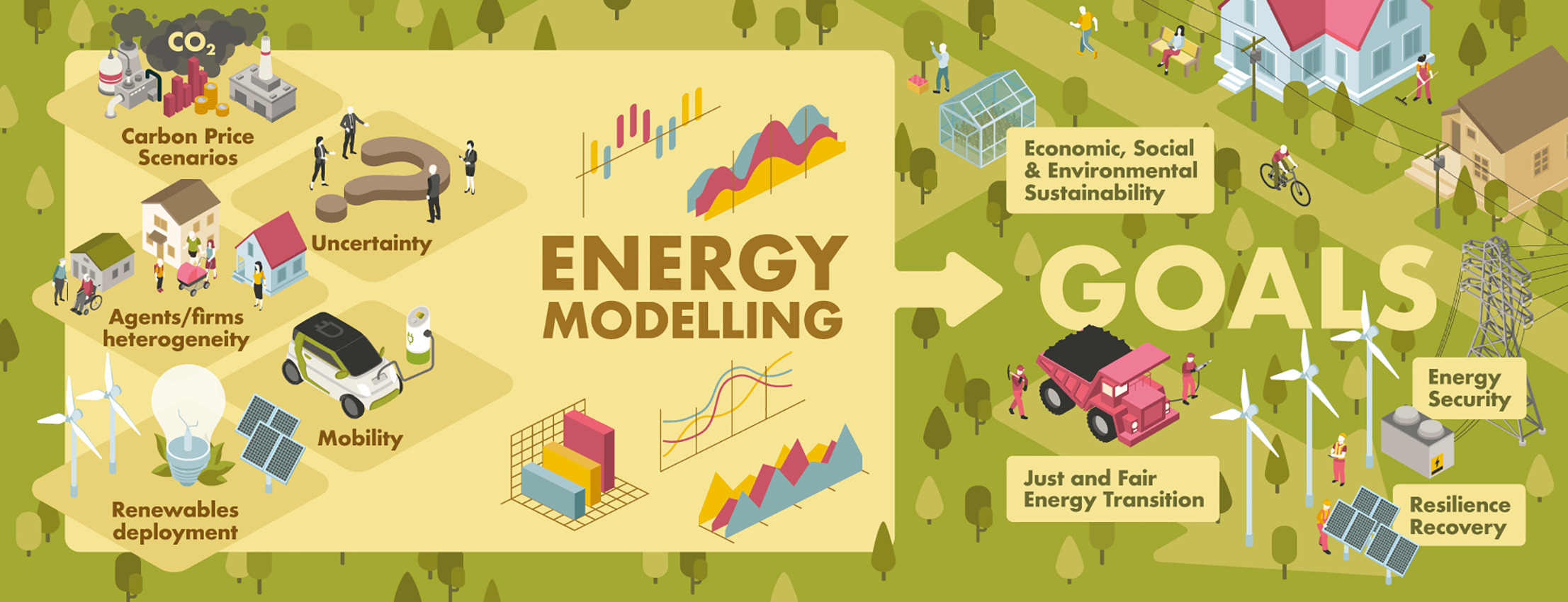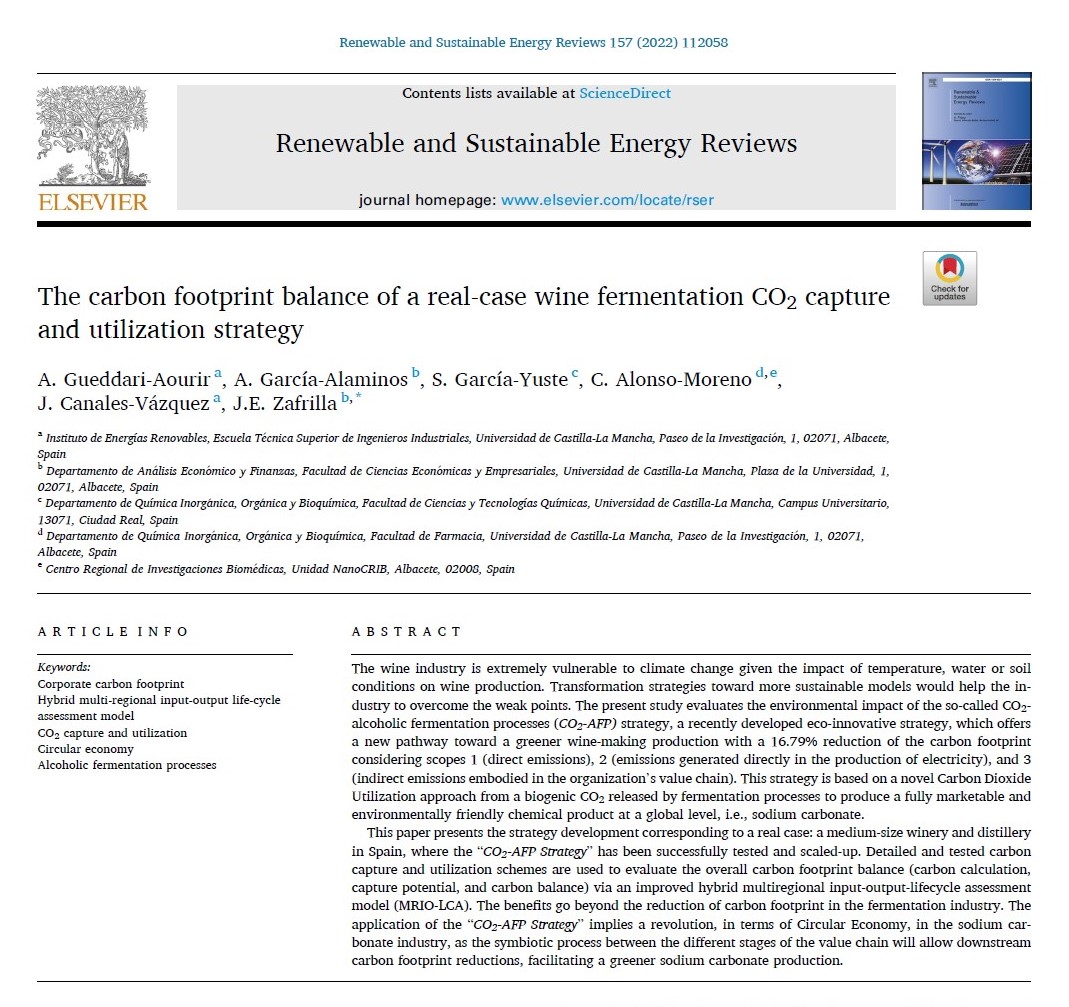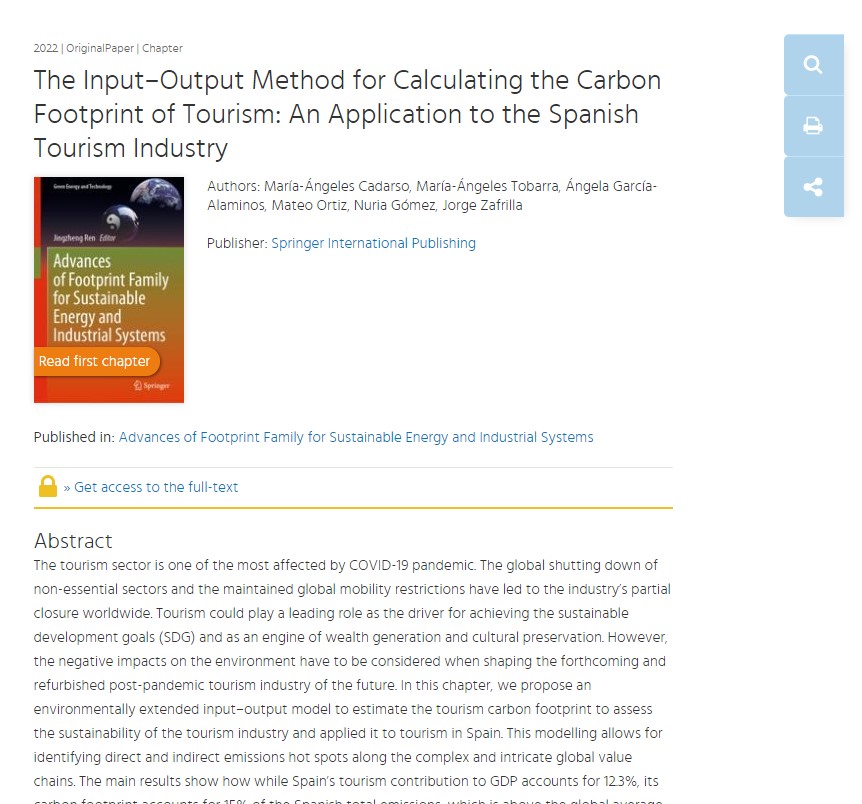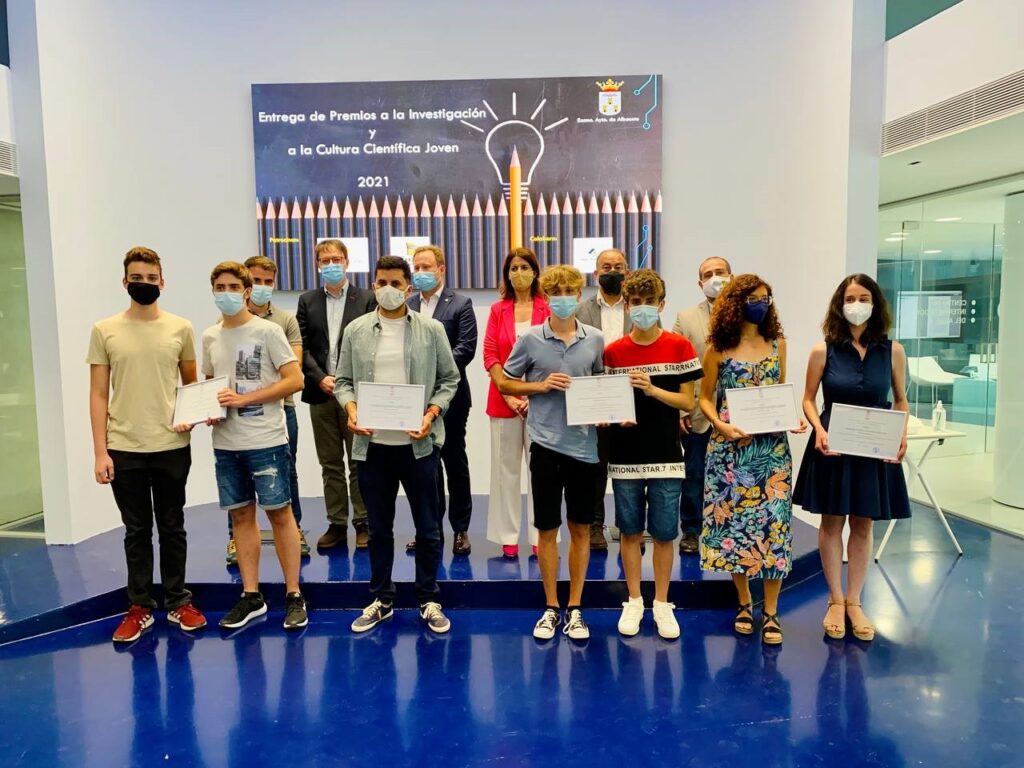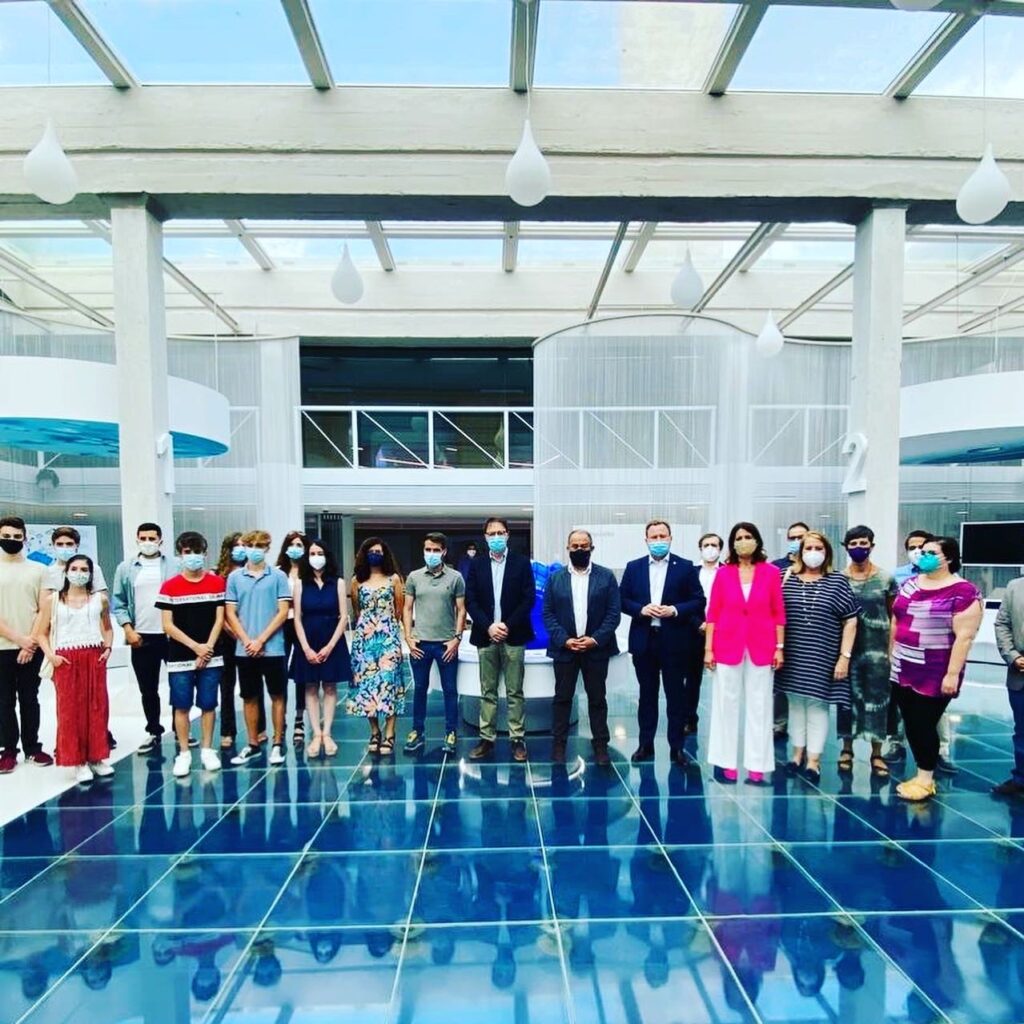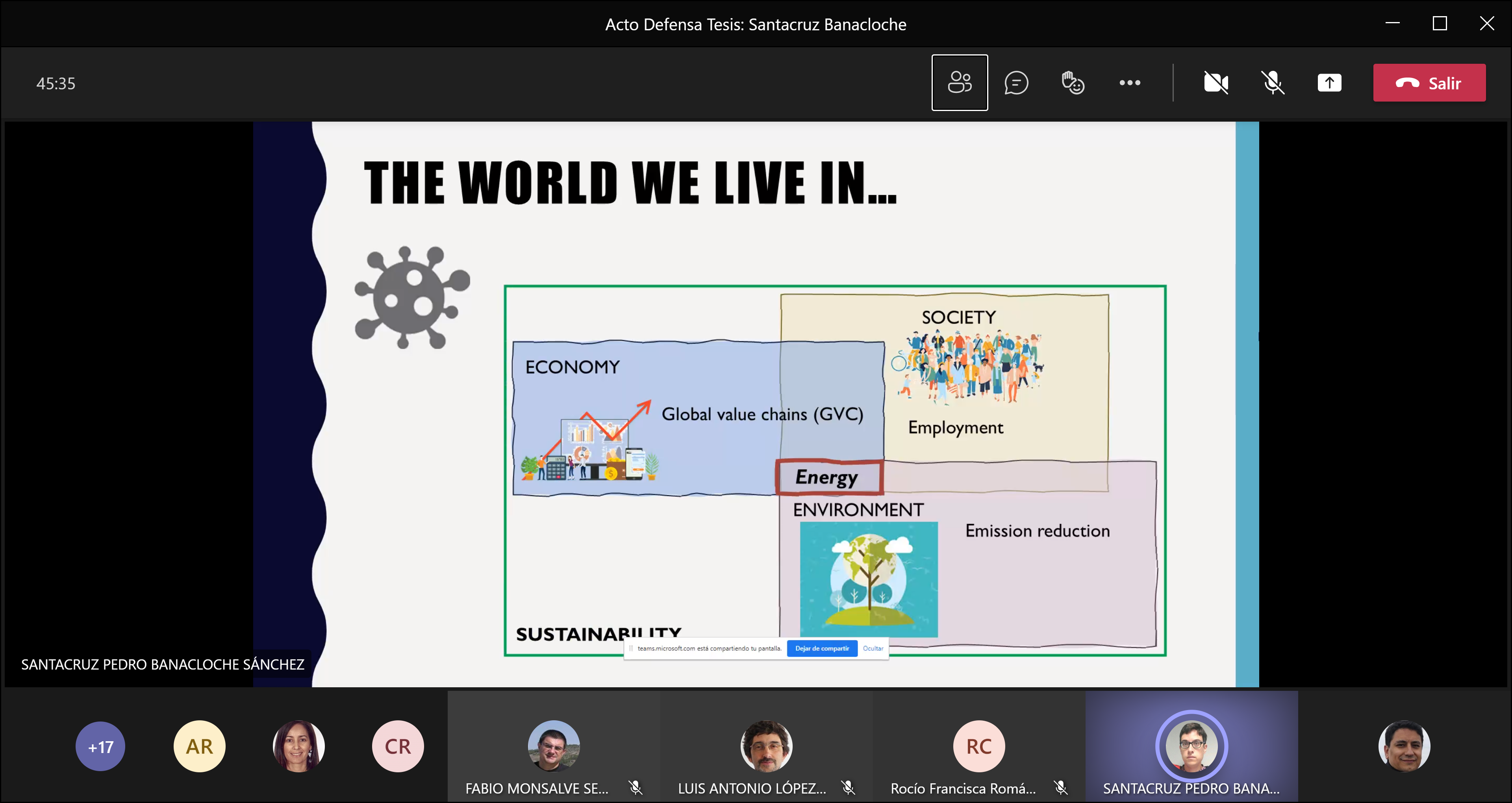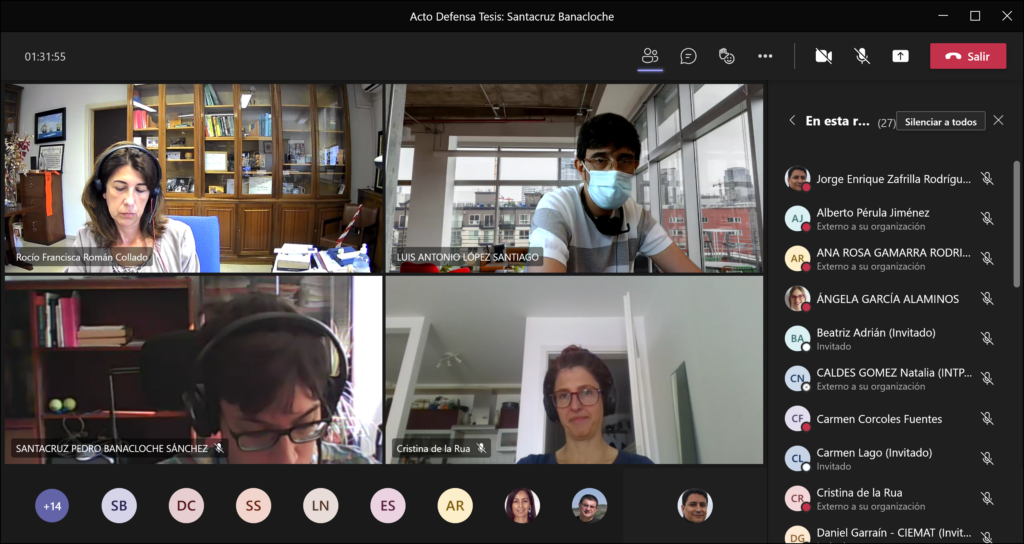Great news!!
The GEAR member Mateo Ortiz, under the supervision of María Ángeles Cadarso and Luis Antonio López, has completed his Ph.D.!!
The thesis, entitled “La huella de carbono de agentes no estatales. Análisis a través de las cadenas globales de producción de multinacionales y ciudades”, presents three peer reviewed publications that you can easily access here:
- Ortiz, M., Cadarso, M. Á. y López, L. A. (2020). The carbon footprint of foreign multinationals within the European Union. Journal of Industrial Ecology, 24(6), 1287-1299. doi:10.1111/jiec.13017 LINK
- Ortiz, M., López, L.-A. y Cadarso, M. Á. (2020). EU carbon emissions by multinational enterprises under control-based accounting. Resources, Conservation and Recycling, 163, 105104. doi:https://doi.org/10.1016/j.resconrec.2020.105104 LINK
- Gilles, E., Ortiz, M., Cadarso, M.-Á., Monsalve, F. y Jiang, X. (2021). Opportunities for city carbon footprint reductions through imports source shifting: The case of Bogota. Resources, Conservation and Recycling, 172, 105684. doi:https://doi.org/10.1016/j.resconrec.2021.105684 LINK
Mateo did an astonishing Thesis defense in front of a amazing thesis tribunal composed by Mònica Serrano (from Universidad de Barcelona), Ignacio Cazcarro (from Universidad de Zaragoza and ARAID) y André Carrascal (from Universidad de Oviedo).
Undoubtedly a day to remember for the GEAR group. Congratulations Mateo; thank you for your great work, incredible effort, and good mood.
Great doctor, with and without a tie…


